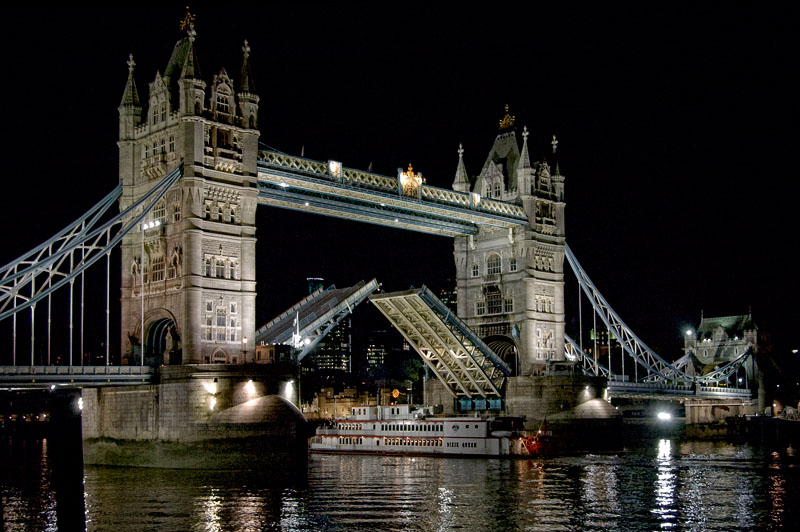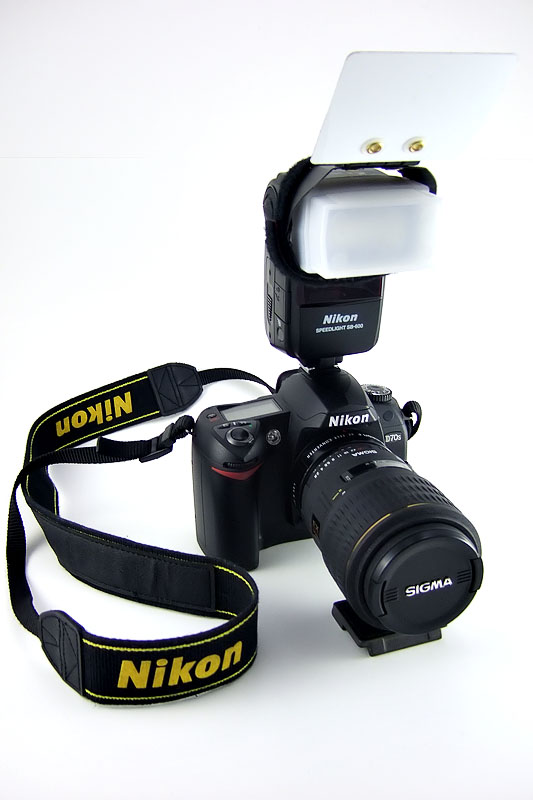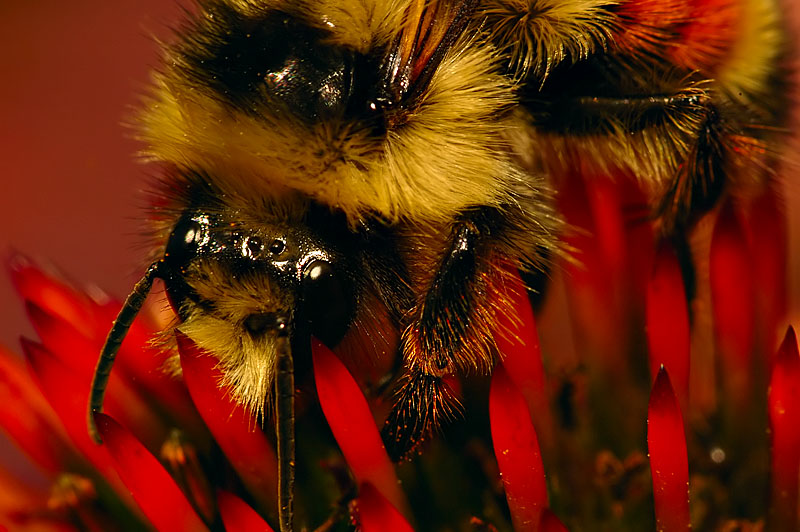Yes, the holiday season (politically-correct moniker for Christmas) is around the corner again (this article has been around for a while) and you are busily shopping for a camera for someone special. Perhaps your wife, maybe a teenager, an uncle, a grand-parent … or maybe yourself :-)
Update: Still trying to keep this up to date as cameras come a long that replace older cameras.
I am asked now and again what to buy and the problem always comes down to some fundamental questions:
- Is it for a beginner or for an ethusiast?
- Should the camera fit in pants pocket, shirt pocket, or jacket pocket?
- Is there a specific kind of shooting in mind?
- Chasing kids indoors?
- Parties and pubs?
- Landscapes?
- Birds?
- Vacation?
- Concerts?
That kind of thing. The problem, of course, is that there is tension between these criteria.
Pocket Kid-Chasers, Parties and Pubs
| For example, if someone wants to chase kids around indoors yet wants a small pocket camera (jeans, shirt), there are very few candidates. The Canon S95 is a good choice, but it has a fast lens only at wide angle. On the other hand, if the camera can be a bit larger (coat pocket) and the user does not mind extra controls, or if the user is an enthusiast, then the new Fuji X10 will be more satisfying. A much faster lens at telephoto makes this all round camera a great kid chaser for the bigger pocket or purse. Coupled with a larger sensor and EXR technology, this camera is a winner. |
Flexible shooters, can do everything
| But perhaps a larger camera is not a problem. For shooting kids at soccer games, for example, you would want a camera that can zoom, and yet shoot at 1600 ISO with no penalties because kids play soccer in the evenings a lot. This light still looks bright to our eyes, but trust ma that the camera sees things totally differently. For this job, one has to recommend a dSLR. I’m a Nikon guy, so don’t even bother asking about other brands. Canon bodies feel like bricks in my hands (YMMV) and Pentax, despite a marvelous jpeg engine, is too limited as a system for my taste. So let me bottom line it for you: D3100 if you are on a tight budget, D90 if you can stretch a bit further, and D7000 if you want the best. And the new and magnificent D5100 is one to watch. D7000 image quality and superb video. |
Inexpensive alternative with excellent long range lens
| Such a body should be coupled with a nice kit lens like the 18-105VR or perhaps the 16-85VR for the more well-heeled. The 70-300VR lens can then be added to the kit for longer reach on the soccer field. These cams all shoot well up to 3200 ISO, and the D3100 and D7000 can stretch a bit better to 6400 ISO if necessary, and of course if the images are destined for small prints or for the web (e.g. Facebook.com.) |
Perhaps the giftee is an enthusiast and the budget is pretty tight, below dSLR range. This person wants to learn how to control a camera properly and perhaps a bit more about lighting etc. This would call for a dSLR normally, or perhaps a bridge camera or even an advanced compact camera.
| Since we are stipulating a tight budget (if budgets are not tight, see above for dSLR suggestions), the choices are limited to a few fairly inexpensive cameras. My personal opinion is that there are three or four worthy cameras that can be had for around $500. For dSLR-like control and reasonable prices, I would probably lean towards the Canon G12 or Nikon P7100. Either is excellent. Image quality is very nice and they both have TTL flash with their respective flash systems. Bouncing flash with TTL (through the lens metering) can make a huge difference to your indoor results.) BUT: For a bit more money you can get the larger sensor of the Fuji X10 (see the top of the article for link) and it has all the same features. |
| Of course, one can always opt for a used dSLR. The magnificent 6mp D70s is available at a reasonable price at amazon.com in the used section (the new price is nuts.) It can be paired with the relatively inexpensive 18-105VR kit lens. Used dSLRs are not for everyone. They are a tad slower than modern cams, but the D70s is an example of a camera whose images hold their own today. Just for fun, one example from that camera follows. |
A rare shot of the Tower Bridge opening and a boat passing underneath. Shot with the 18-200VR at 29mm and 800ISO, hand held.

Nothing wrong with that night time image quality in my opinion. Anyway, enough about the D70s … suffice it to say that the current lineup from Nikon, including the previous generations cameras like the D90 and D5000 will do considerably better. Skip the D3000 though, I would sooner grab a used D70s.
| Ok … let’s move on to the concert shooter. Things get a bit hairy here. You want the reach to get performers from the audience, you need decent high ISO because you cannot always shoot at low ISO. You want something you can sneak in in a pocket. In summer that means a small compact, in winter you can get away with bulkier cameras. If you are a videofile, then you probably want a Sony or Panasonic compact. I have the ZS3 and can highly recommend it for video. It’s newer sibling, the ZS7, is also excellent. The Sony HX9V, though, has easily taken the crown from Panny on compact camera video. It’s simply incredible. It’s high ISO is about as good as Panny, but nowhere near as nice as the Fuji F550. Finally, the F550 is not bad for video these days. The F600 is presumably the same. I have recorded the entire Tommy rock opera with it and I think you will agree that it does not suck. I did process the video in Sony Vegas to enhance the audio though. |
Here is an example of why I like the ZS3 for video:
Roger Daltrey plays Tommy -- F550EXR
Now, the ZS3 has a lot of chroma noise at 800 ISO and above, so it is only useful when shooting at a fairly well lit venue. An example of that would be a local Yuk Yuk’s evening, where I shot the ZS3 at 400 ISO all night. Click through to see many nice images.
The ZS7 has removed some of that chroma noise and might be tolerable at 800 ISO. But they also added 2 unnecessary megapixels, and thus have likely reduced the detail rendering at most ISOs. Sad, but we can’t seem to stop the manufacturers from being stupid.
The HX9v is not that great for stills, although most will like it for web sized stuff. The issue is smearing to remove noise at 1600 ISO. Very soft images. Still, no chroma noise so they look nice when downsized.
The F550EXR / F600EXR is amazing when shot in RAW and processed in ACR. For stills I would take this hands down over all the rest.
| The best choice for me for a concert camera remains the EXR long zoom compact series from Fujifilm. The F550EXR / F600EXR shoot marvelous still images in RAW at very high ISO. They have stereo audio that is quite decent and can shoot quite good video if you are careful what modes to shoot. 720p and center AF with prefocus works well. I find that face detect seems to help when shooting at long zoom. But backing off the zoom works even better. |
| Again, for the videophile Sony’s new HX9V is quite the little camcorder. Long reach with excellent optical stabilization and a zoom that is always in focus makes this thing pretty incredible. The audio seems quite good from the samples I have seen, but the 1080p at 60 fps will take your breath away. Seriously, videos shot from the front row look like broadcast quality. I can hardly believe the video quality on this thing. Stills will require attention to ISO though. Keeping it at 400 or 800 will help. |
| There is also the F200EXR, which was the very first EXR compact to ship. It has the least zoom range, 28-140mm, but it has the largest sensor. Because of that, it makes a better landscaper than any of the others except perhaps the F550 in RAW. This camera will satisfy a lot of people who like to shoot landscapes, but be warned that it still has the infamous aggressive noise reduction, so it can smear distant foliage. Just not as aggressively as the smaller sensor compacts. It also shoots very nicely at night. No RAW though. So the bottom line is that you will be very happy with the EXR cameras for still images at concerts if you follow my tips on this page. And you can always try the G12 or P7000 for larger compacts. They will shoot nice stills for sure. I also happen to know that Canon audio is superb from my experience with the G10, a camera whose only real fault was too much noise at 800 ISO and above. |
| So what about birders? Well, I would recommend you consider a dSLR like the D7000 and perhaps add on a long zoom, at minimum a 70-300VR. But you will soon want to expand out to the Sigma 50-500 or something like that. For those on a budget, the Fuji HS20 is a pretty impressive camera with a 720mm lens. For feather detail to survive, you should shoot and process RAW. Which is easier now that Adobe have added support for the HS20 and indeed all Fuji cameras into Lightroom 3.4, Photoshop CS5 and Elements 9. Thanks Adobe! NOTE: There is a new Fuji XS-1 bridge camera on the way. It will become the best bridge on the market at it sports the new 2/3” EXR CMOS sensor from Fuji. |
And for birding and wildlife you should consider getting a decent tripod. I like the Feisol 3471, a carbon fiber Gitzo knock-off that is well priced and fits in large luggage. I pair that with the magnificent Markins M20L ball head. Until you have tried a professional=grade ball head, you have no idea how much better they are than the garden variety Manfrotto 486 or equivalent.
| What about macro? Well, for simple fooling around while getting fairly close, any compact will let you do that. But for getting seriously close and perhaps from a distance (I know, that sounds contradictory), you need a longer focal length macro lens and perhaps added extension tubes, teleconverter, achromat close-up filter like the 500D, or any combination of the above. |
Macro shooting requires a lot of light. There is very little light when you get in close, so you need to get a macro lens of 90-105mm focal length at minimum to back away and let in some light. I like the 150mm to 180mm range as well. Sigma and Tamron make some beauties in all these ranges, so you do not have to spend a fortune.
You may also need flash, as it helps to light the subject and to stop the action. I used this setup – a used Sigma 105mm Macro, used Tamron 1.4x teleconverter and Canon 500D achromat picked up cheap on eBay – to make the following macro image of a bee.


The setup I show here would cost about $800 in total … perhaps a tad more. You don’t always have to spend a fortune to get a lot of useful stuff. The dSLR used markets are quite vibrant. Try keh.com, adorama.com, bhphoto.com, amazon.com, and fredmiranda.com. Lots of options …
| For those looking to do macro on a bridge camera, the typical bridge camera shoots at reasonable magnification only at full wide angle and really close to the subject. This makes for pretty ugly macro images, so I suggest you consider shooting macro at full zoom with a fairly strong magnifier on the end. I have seen excellent macros from the Raynox DCR-250 and other related Raynox products. I can recommend those attachment for most bridge cameras. |
Now how about the avid sports shooter? Well, you really need speed of response and focus, so you are looking at a dSLR and a decent lens. If you want to shoot indoor sports, then you need to consider one of the 80-200 or 70-200 2.8 professional grade zooms. You might even want to try out the 85mm 1.8D, a terrific lens with excellent low light capability. Gyms are *dark* … also consider reading up on the Strobist blog site. He will teach you more about lighting than you can get just about anywhere else.
Ok … that should cover most people … so let’s summarize:"
- For your mom, grandma, or anyone else who just wants to be able to shoot people and kids indoors, get them a Canon S95. You and they will not be disappointed. If on a really tight budget, try a Fuji F70EXR.
- For someone who wants to learn and is getting serious, consider jumping to an entry dSLR and kit lens. That opens a lot of opportunities for them and gives superb image quality right off the bat.
- For concert shooters, get an F550EXR if stills are your priority or a Panny ZS3/7 or Sony HX9V if video is your priority. I consider the F550 the best all rounder, especially if RAW does not scare you.
- For videofiles, get the HX9V. A used ZS3 is a great alternative.
- For landscapers, try the S95, G12, P7000, F550EXR or F200EXR depending on the size you will tolerate, your budget, and your tolerance for shooting RAW.
- For birders and other wildlife nuts, get a dSLR and at least a 70-300VR to start. An HS20 shot in RAW is an alternative, but you will work harder for keepers.
- For action, a dSLR and a really good low light lens is mandatory. Don’t fool around with lesser cams for this task.
- For a vacation camera, get any of the compacts mentioned here. The S95 gives up reach, but will shoot really well in churches etc. The larger cams offer more control and TTL flash. The EXR cams shoot very nicely outdoors, and can do very well indoors. Especially in RAW with the 550. Not as good, though, for people indoors because of the slower lens. A dSLR is, of course, a superb option for those not adverse to carrying a bit more around. Get a good case, though, like an Offtrail 2 by Lowepro.
- And if, heaven forbid, you want to suddenly become a wedding shooter … don’t. At least not until you have a lot of experience getting superb on-location portraits. Weddings are brutal and you had better be packing a pair of excellent dSLRs, several pro grade (fast) lenses, flashes, tripods, extra lighting, and a couple of assistants. Don’t mess with the bride’s big day until you are ready.
Disclaimer: I make no warranty that you or your giftee will actually like any camera I recommend here. This is just my best shot at what should work for the circumstances described. Do your research and choose based on that. Use this article as a starting point.
And that’s that. Good luck, have a great holiday, and enjoy your new cameras.

No comments:
Post a Comment